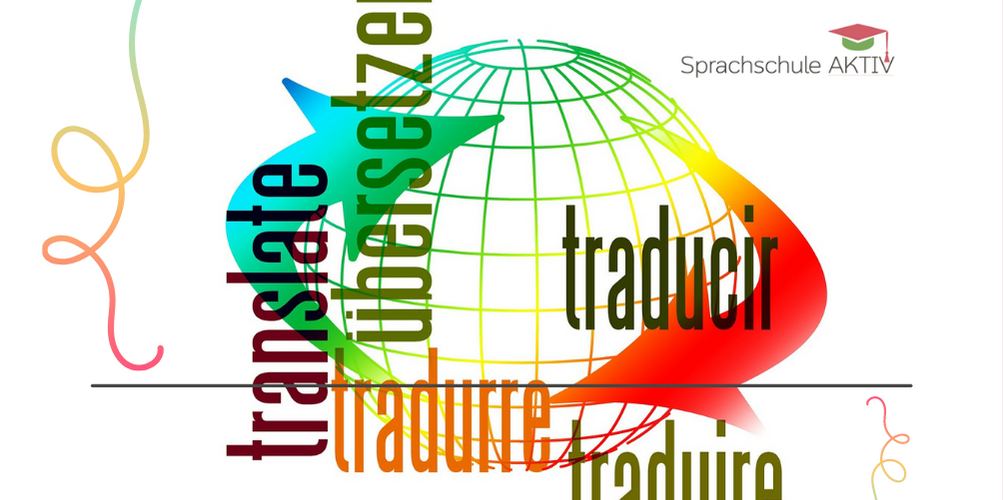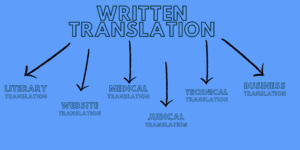Different types of translation
In a globalized world, translation is an indispensable part of our lives. Sometimes, the translator’s/interpreter’s presence is obvious: during a conference, there is a speaker and next to them we can see an interpreter. But in the majority of cases the translator or the interpreter remains invisible. How often do we watch dubbed movies and we don’t even think about the people who translated it into our native language? Or how often do we think about the translator when reading a book?
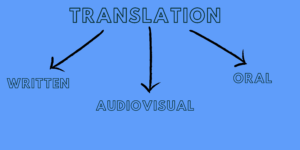
What is more, nowadays more and more people know foreign languages and thus they think that translation is something, anyone knowing a language can do. But this is not the case: to be able to translate or interpret properly, one needs to have various skills, far beyond the language knowledge. A translator/interpreter needs, among others, to have great cultural awareness, to be able to express themselves fluently and flawlessly in both the foreign and the native language, as well as to be able to work under pressure and stress.
Furthermore, translation is a complex field. There are many different types and modes of doing a translation/interpreting. A translator/interpreter usually specializes in some of them.
We can distinguish three main types of translation: written, oral (also called interpreting) and audio-visual. Each of these can be further subdivided.
Written translation
Written translation is classified depending on the type of text that is being translated. We can have literary, website, medical, judicial, technical, and business translations.
Oral Translation
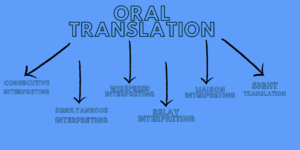
Oral translations are divided depending on how they are delivered. First, we have consecutive translation, where the speaker makes pauses and then the interpreter translates into the target language. Next, there is simultaneous interpreting, where the speaker speaks and the interpreter interprets at the same time, usually from an interpreting booth. Whispered interpreting is when a meeting or a conference is in a foreign language and next to a participant there sits an interpreter and whispers the translation directly into their ear. Relay interpreting is used with exotic or less-known languages. The speaker speaks in language A, then there is an interpreter that translates this into a more common language B and finally someone else interprets from language B into the target language C. Liaison interpreting is when the interpreter is present with a group or a person all the time but interprets only when asked for it. And finally, sight translation is when the interpreter is given a piece of paper with a text in one language and reads it out loud in the target language.
Audio-visual translation
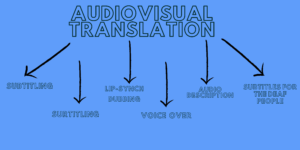
Audio-visual translation of films, songs, theatre plays etc. can also happen in many forms. Subtitling is when the viewers can hear the original soundtrack and read the translation on their screens. Surtitling happens during an opera when the audience can read the translation of what is being sung. Lip-synch dubbing is when the original soundtrack is replaced by the actors speaking in the target language as if it that was the original language of the film. And in case of voice over, the original soundtrack is disturbed by a narrator reading the text in the target language. Then, there are two more types of audio-visual translations aimed at people with disabilities, so called intralingual translations. Audio description is for blind people, it provides them with a spoken description of what is happening on the screen. And subtitles for the deaf people are a written form of the movie script.
As you can see from these graphs and the text, translation is a very diverse field and can be used in many different situations for various purposes.
Interesting links:
